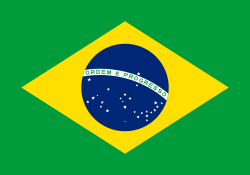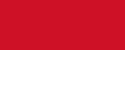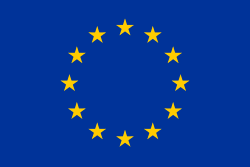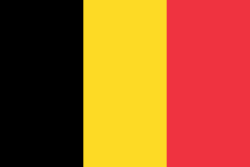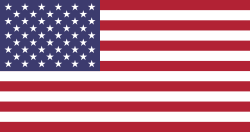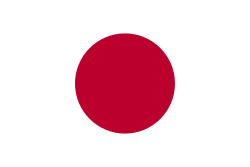Tysklands Grand Prix 2002
 | |
| Datum | 28 juli 2002 |
|---|---|
| Bana | Hockenheimring |
| Sträcka | 67 × 4,574 = 306,458 km |
| Vinnare | Michael Schumacher, Ferrari |
| Pole position | Michael Schumacher, Ferrari |
| Snabbaste varv | Michael Schumacher, Ferrari, 1:16,462 |
Tysklands Grand Prix 2002 var det tolfte av 17 lopp ingående i formel 1-VM 2002.
Resultat
- Michael Schumacher, Ferrari, 10 poäng
- Juan Pablo Montoya, Williams-BMW, 6
- Ralf Schumacher, Williams-BMW, 4
- Rubens Barrichello, Ferrari, 3
- David Coulthard, McLaren-Mercedes, 2
- Nick Heidfeld, Sauber-Petronas, 1
- Felipe Massa, Sauber-Petronas
- Takuma Sato, Jordan-Honda
- Mika Salo, Toyota
Förare som bröt loppet
- Giancarlo Fisichella, Jordan-Honda (varv 59, motor)
- Kimi Räikkönen, McLaren-Mercedes (59, snurrade av)
- Eddie Irvine, Jaguar-Cosworth (57, bromsar)
- Enrique Bernoldi, Arrows-Cosworth (48, motor)
- Olivier Panis, BAR-Honda (39, motor)
- Jarno Trulli, Renault (36, snurrade av)
- Jacques Villeneuve, BAR-Honda (27, växellåda)
- Jenson Button, Renault (24, motor)
- Allan McNish, Toyota (23, motor)
- Mark Webber, Minardi-Asiatech (23, hydraulik)
- Heinz-Harald Frentzen, Arrows-Cosworth (18, hydraulik)
- Pedro de la Rosa, Jaguar-Cosworth (0, transmission)
Förare som ej kvalificerade sig
- Alex Yoong, Minardi-Asiatech
VM-ställning
Förarmästerskapet
| Konstruktörsmästerskapet
|
| ||||||||
| |||||
Media som används på denna webbplats
The Flag of Europe is the flag and emblem of the European Union (EU) and Council of Europe (CoE). It consists of a circle of 12 golden (yellow) stars on a blue background. It was created in 1955 by the CoE and adopted by the EU, then the European Communities, in the 1980s.
The CoE and EU are distinct in membership and nature. The CoE is a 47-member international organisation dealing with human rights and rule of law, while the EU is a quasi-federal union of 27 states focused on economic integration and political cooperation. Today, the flag is mostly associated with the latter.
It was the intention of the CoE that the flag should come to represent Europe as a whole, and since its adoption the membership of the CoE covers nearly the entire continent. This is why the EU adopted the same flag. The flag has been used to represent Europe in sporting events and as a pro-democracy banner outside the Union.The civil ensign and flag of Belgium. It is identical to Image:Flag of Belgium.svg except that it has a 2:3 ratio, instead of 13:15.
Författare/Upphovsman: Sentoan, Licens: CC BY-SA 3.0
Imagen de los trazados actuales del cuircuito de Hockenheimring






